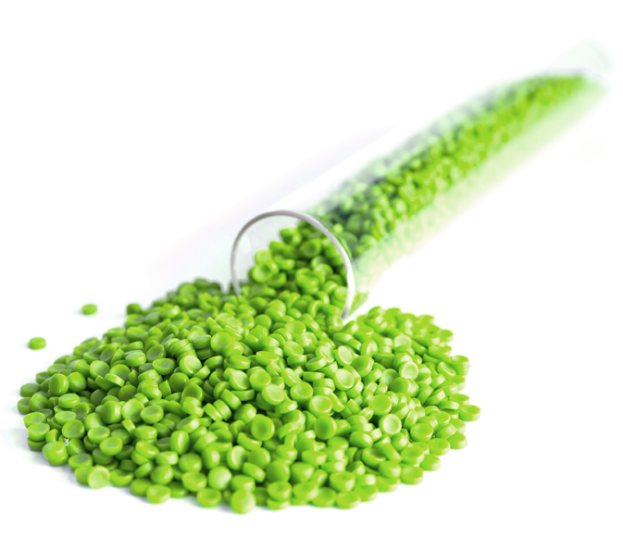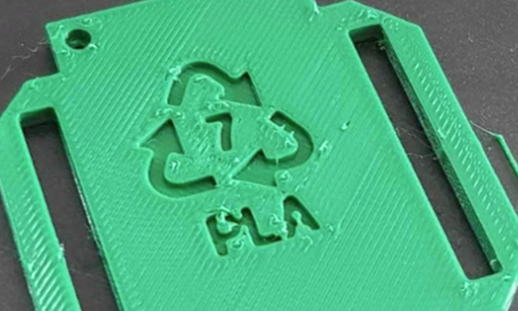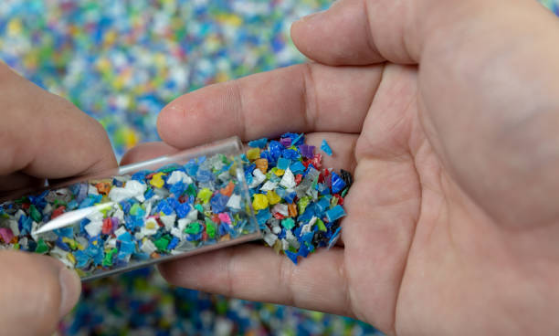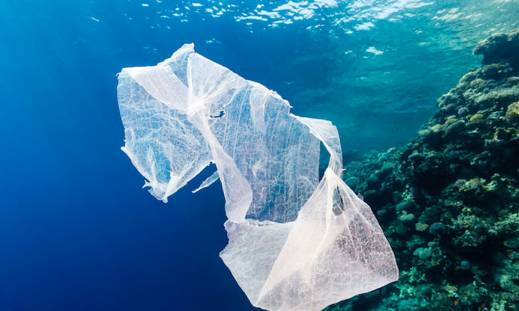Sustainable Packaging Materials
Sustainable Packaging is the development and use of packaging that results in improved sustainability. This implies an increased use of Life Cycle Inventory and Life Cycle Analysis to guide the use of packaging that reduces environmental impact and ecological footprint.

PLA
PLA is the abbreviation for Polylactic acid. It is made from the starch of vegetable matter via the polymerisation of lactic acid or lactide. It is derived from renewable resources such as corn starch, tapioca roots, or sugarcane. PLA can be used to make many different things like thermoplastics, bioplastics and other products. It is also commonly used for medical devices such as pins, rods, or plates that are expected to biodegrade and be absorbed by the body within 6-12 months. Can be processed via extrusion, injection molding, casting, blown film, thermoforming, and fiber spinning. This allows it to be used for a great many products from 3d printers to compostable bags. PLA has a lower carbon footprint than oil requiring an average of 65% less energy and 63% fewer greenhouse gasses than petroleum based plastics.
What are the strengths of PLA plastic?
Has a lower carbon footprint during production than petroleum based plastics
Properly disposed of it breaks down and is biodegradable and compostable
Comes from a renewable resource
Its production is more energy efficient
Does not have issues with food contamination as it is composted and not recycled unlike petroleum based plastics
Home compostable PLA bags are a great way to replace single use bags as these are often capable of decomposing even if thrown out into a landfill.
High stiffness and strength allowing for thin wall part designs
PCR
An important part of shifting current plastic usage from a linear supply chain to a circular one has to do with not only recycling our current plastic but also incorporating this in new products. PCR is just that. Short for Post Consumer Recyled material PCR is plastic which has been recycled and turned back into resin so that it can be used once more. How many times can PCR plastics be recycled? Typically PCR plastics can be recycled 1-2 times before they become too degraded to be extruded back into the same form. After this they are downcycled into other products such as fabrics, decking, or carpeting. What forms of plastic does PCR come in? PCR comes in a few options, the most common ones being PET.
How do plastics fulfill their role in the circular economy?
Conservation of resources: As long as possible, obtaining the maximum of their value, and at the end of their useful life, recover them to produce products and materials again. For this, it is necessary to innovate in the life cycle, choose the most suitable materials in the circular design and define the most convenient recovery systems.
Capacity for recovery and transformation into new products: They contribute all their value during their use and, at the end of their useful life, the plastic material is recovered and transformed into resources for recycling. Again they are part of the circuit as products.
PVA
It is a water-soluble support material for multi-extrusion 3D printing. With good thermal stability, Ultimaker PVA is ideal for printing complex models that require supports for large overhangs, deep internal cavities, and intricate geometries. Designed for a smooth 3D printing experience, our PVA provides good adhesion to PLA, CPE, and Nylon. Available in 350g and 750g spools.
It is a water-soluble support material for multi-extrusion 3D printing. PVA Ultimaker exhibits good thermal stability and is ideal for printing complex models that require supports for large ledges, deep internal cavities, and intricate geometries.
Our PVA is designed for a seamless 3D printing experience and offers good adhesion to PLA and nylon.
PVA is designed to dissolve in water and it can biodegrade. However, the study shows that conditioners necessary for complete biodegradation of PVA are extremely specific. In order for PVA to fully biodegrade it requires the presence of very specific microorganisms and enzymes to aid in the degradation process.
How does PVA help the environment?
PVA is designed to dissolve in water and it can biodegrade. However, the study shows that conditioners necessary for complete biodegradation of PVA are extremely specific. In order for PVA to fully biodegrade it requires the presence of very specific microorganisms and enzymes to aid in the degradation process. In addition to these microorganisms, it also requires a specific amount of time in the wastewater water treatment facility.




